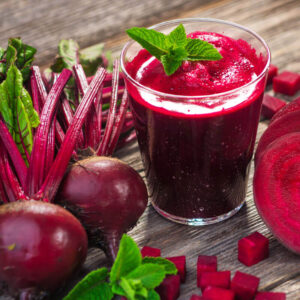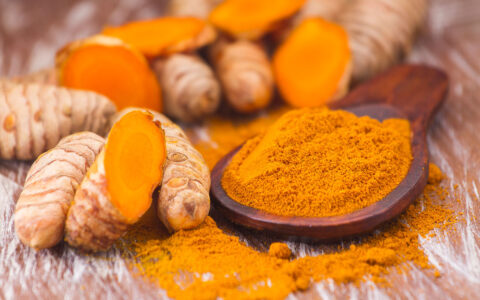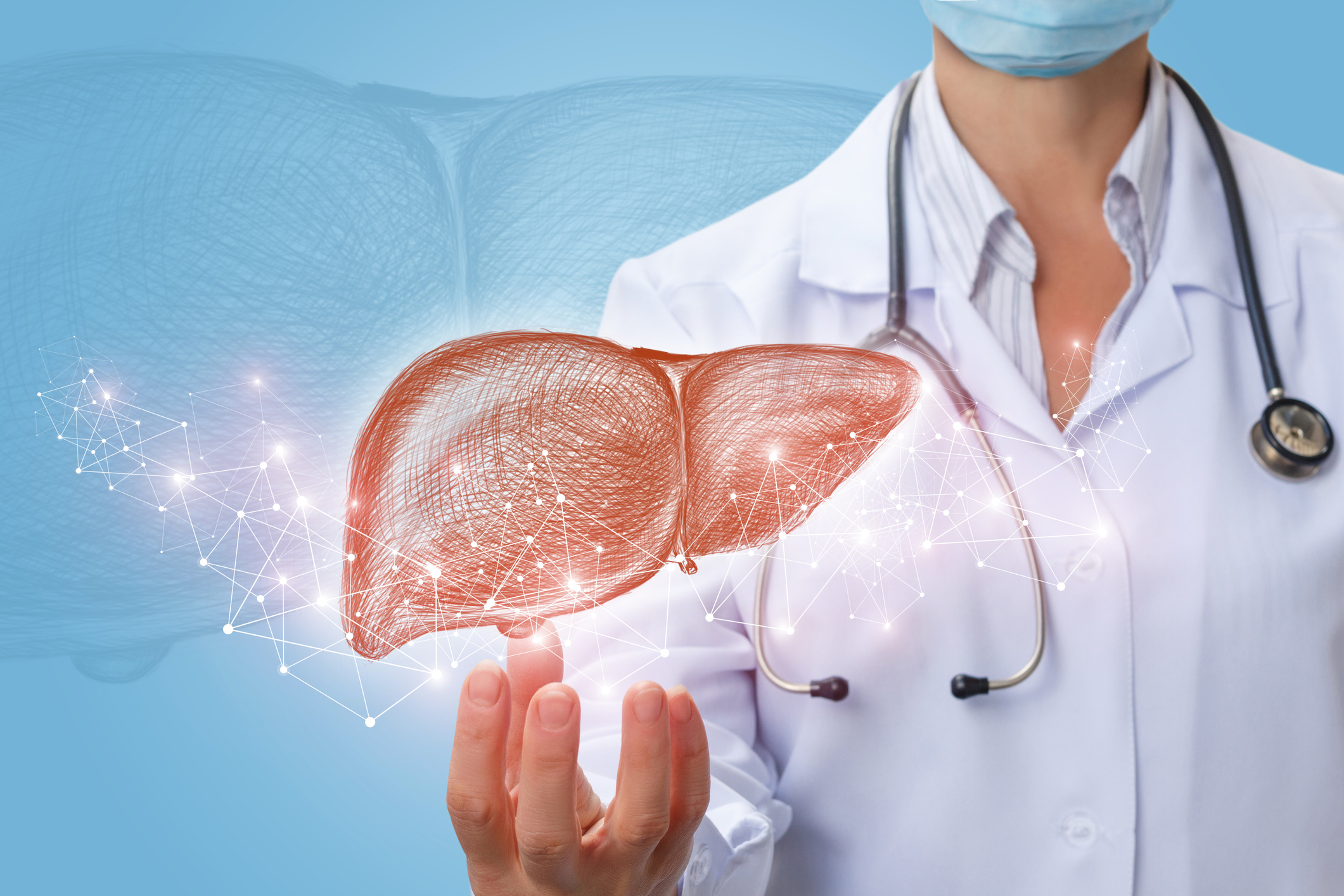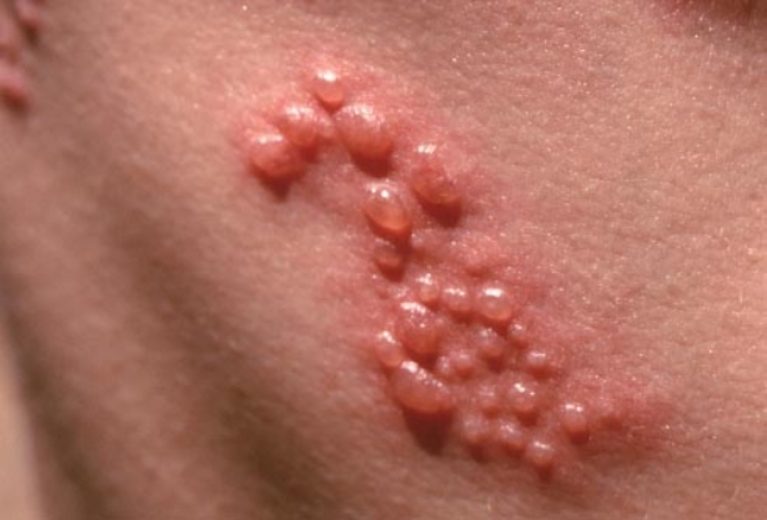Eat These 13 Foods to Clean and Protect Your Liver Naturally!
Did you know that your liver is the most important detoxification center in the body? The harmful chemicals of everything you ingest or inhale – food, drink, medicine or smoke – are transformed into less harmful and water-soluble substances in the liver in a two-phase process and then excreted. But the first phase of the detoxification process also generates free radicals, which then damage the cells and cause inflammation. If free radicals and their damage are not counteracted and repaired, they affect health over timeand the functioning of the liver. This is the reason why antioxidants are a necessity in a liver detox diet. Equally important are foods that lower cholesterol, especially harmful LDL cholesterol and triglycerides, a type of fat. Below you can see 13 foods, herbs, drinks and spices that help the liver carry out its detoxification functions and protect it from damage. The Lost Ways
Astro Tarot Reading
Glucafix
https://www.youtube.com/watch?v=cfLF59L7Llk
1. Broccoli and Brussels Sprouts:
There is a lot of wisdom in eating vegetables, especially vegetables from the cruciferous family such as broccoli, Brussels sprouts, cabbage and watercress. Cauliflower is also part of this family. These contain useful chemicals such as sulforaphane, indole-3-carbinol and 1-cyano-2-hydroxy-3-butene (CHB) that block carcinogenic chemicals, such as NNK in cigarette smoke. These also increase the levels of natural antioxidant enzymes essential for the detoxification process. When the body is overloaded with toxins, the levels of natural antioxidants decrease, which reduces the detoxification process in the liver. Eating too many refined and sugary foods also increases harmful LDL cholesterol and a type of fat called triglycerides in the body. And since the liver helps eliminate excess LDL from the body, an LDL overload can force it. Triglycerides, on the other hand, accumulate in the liver, causing non-alcoholic fatty liver or fatty liver disease (NAFLD). This increases your risk of liver inflammation (steatohepatitis), which leads to cirrhosis, liver failure and liver cancer. Cruciferous vegetables contain cholesterol-like compounds called phytosterols that can reduce both high cholesterol and triglyceride levels.
How much should it take? Take 1.5 to 2.5 cups of dark green vegetables, including cruciferous, each week. If you suffer from hypothyroidism, cook these vegetables well before consuming them.
2. Beet:
 This is what beet from your vegetable dish can do for your liver. Betalains, antioxidant beet pigments, along with flavonoids, phenolic acids and vitamin C, protects the liver against oxidative stress from carcinogens. If you take beets regularly, you could modify your body’s metabolism (reducing the activity of enzymes that increase free radicals during detoxification) so that your liver would be protected from toxic compounds.
This is what beet from your vegetable dish can do for your liver. Betalains, antioxidant beet pigments, along with flavonoids, phenolic acids and vitamin C, protects the liver against oxidative stress from carcinogens. If you take beets regularly, you could modify your body’s metabolism (reducing the activity of enzymes that increase free radicals during detoxification) so that your liver would be protected from toxic compounds.
How much should it take? Beet juice made with 1 large beet is safe for daily consumption. Take the juice 2-3 days a week.
3. Fish Such as Tuna and Salmon:
The omega-3 (polyunsaturated) fats found in marine fish such as tuna, salmon, trout or mackerel, to name just a few, are good for the liver. They are known preventive (medications or foods that prevent diseases and ailments) and inhibit the synthesis of triglycerides in the liver. However, they can also reduce liver fat in people with NAFLD (non-alcoholic fatty liver disease), who also have high cholesterol and triglyceride levels. Omega-3 fats also increase HDL levels, the good cholesterol. Other sources of omega-3 fats are fortified eggs, nuts and avocados. But it is not enough to include them in your diet; You also need to reduce omega-6 fats from, for example, vegetable oils.
How much should it take? The American Heart Association recommends at least 2 servings (100 gr per serving) of fatty fish per week if you do not have a heart condition. You could also take fish oil in a daily dose of 2-4 gr if you have high triglyceride levels.
4. Amla or Indian Gooseberry:
Amla or Indian gooseberry (Emblica officinalis) is a natural liver revitalizer. It is commonly used in ayurveda to treat liver enlargement. Researchers have found that this fruit, rich in vitamin C, can be used to treat liver problems such as jaundice. Remember, vitamin C is a potent antioxidant.
“Amla also lowers cholesterol and triglycerides, amla is also good for anyone with non-alcoholic fatty liver disease”.
How much should it take? You can take fresh fruit or dried fruit powder. The standard dose used in the experiments is 1-3 g of fruit powder. You can also consume one fruit a day, raw or in juice.
5. Berries:
Clean your body naturally by giving it abundant berries rich in polyphenols and anthocyanins, the antioxidant pigments that give it its unique colors. These nutrients are potent anti-inflammatory agents. One study found that cranberries, blackcurrants and blackberries were especially effective in preventing the accumulation of fat in the liver. In particular, red cranberries significantly decreased body fat in animals that were subjected to a high-fat diet.
How much should it take? The standard serving size for berries is 1/2 cup of frozen fruit or fresh fruit or 115 ml. of juice daily. There is no strict upper limit; however, too many berries can have side effects in people with medications for blood dilution and diabetes.
6. Grapefruits and Grapes:
You may also want to take a grapefruit or grapes to clean your liver. Grapefruit contains naringenin and naringin, antioxidants that keep the liver healthy by effectively metabolizing alcohol and preventing any negative effects it could have on the liver. Red and purple grapes, meanwhile, contains another antioxidant called resveratrol that ensures the proper functioning of the liver.
How much should it take? There is no recommended dose for grapes or grapefruit, but be sure to restrict yourself to one cup every day. Avoid grapefruit if you are taking medications to reduce cholesterol, high blood pressure, anxiety, insomnia and allergic reactions. Neurological and psychiatric medications may also interact with grapefruit.
7. Prickly Pear:
Prickly pear is a type of edible cactus that was used in traditional medicine as a treatment for liver diseases. One study found that the extract of this plant reduced hangover symptoms, including nausea, dry mouth and lack of appetite. This benefit was extended when they consumed the extract before drinking alcohol. Since alcohol is broken down by the liver, the researchers investigated the exact effect of the extract on the liver and found that it reduced inflammation, which often occurs after drinking alcohol. Another study found that consuming the extract after drinking alcohol normalizes the production of enzymes and cholesterol levels in the liver and decreases the oxidative damage caused by it. However, human studies are needed to fully understand the positive effects of prickly pear on the liver.
How much should it take? All studies so far have focused on prickly pear extract (1600 mcg of dose on average). Therefore, it is difficult to know exactly how much you should consume. That said, make sure you adhere to the standard 1 cup (240 ml) per day unless a professional tells you otherwise.
8. Walnuts:
Healthy fat and nutrients – including vitamin E – contained in nuts make them good for the liver. A study that examined the effects of nuts on people with non-alcoholic fatty liver disease for 6 months found that regular consumption improved liver enzyme levels. In addition, another study found that men who consumed less nuts had a higher risk of developing non-alcoholic fatty liver disease compared to those who ate more.
How much should it take? A handful of nuts, up to 100 grams, is recommended every day for good health.
9. Olive Oil:
Change your bottle of vegetable oil for olive oil for healthy liver function. A small study in people with nonalcoholic fatty liver disease found that daily consumption of olive oil improves liver and fat enzyme levels. Participants also noted a decrease in liver fat as well as better blood flow in the liver. Other studies have also observed that the consumption of olive oil improves the levels of liver enzymes in the blood.
How much should it take? Based on studies, it is recommended that you have 1 teaspoon (6.5 ml) of olive oil every day.
10. Ginger:
The warm and earthy heat of ginger not only gives flavor to your food, but can also be very good for the liver. This root spice, with gingerols and shogaols similar to antioxidants, acts on your digestive system, increasing enzyme secretions and increasing metabolism and circulation. It has been found to reduce oxidative damage in the liver caused by free radicals, either due to environmental toxins or prolonged use of medications. It also increases the levels of natural antioxidants in the blood. Because ginger can lower triglycerides, total cholesterol and LDL cholesterol, it is a good addition to the diet for people who are at risk of developing the disease.
How much should it take? For a healthy adult, up to 4 g of ginger is considered safe, whether consumed raw, cooked or as a tea. For pregnant women, however, the dose is limited to 1 g.
11. Garlic and Onion:
Oddly enough, the odorous vegetables of the Allium species such as garlic and onion are excellent for its health. The sulfur compounds in them, responsible for that distinctive smell, help stimulate the liver enzymes responsible for detoxification. They also have antioxidants called flavonoids that can block and suppress the function of free radicals. The best part of garlic, however, is its ability to reduce alcohol-related damage (alcoholic steatohepatitis), whether it is taken raw, as garlic oil or as an aged black garlic extract. Onions have also shown similar effects on alcohol-induced liver damage.
How much should it take? Most studies use garlic at a dose of 600-1200 mg. Be sure to crush your teeth before eating or cooking them to release the bioactive sulfur compound called allicin. The upper limit for onions is unknown.
12. Coffee and Tea:
Coffee lovers, it’s time to rejoice! Finally, there is a study that tells us that your favorite morning drink is good for you! If you suffer from liver diseases, moderate coffee consumption may decrease the progression of the diseases. For patients who are scheduled for a liver biopsy, it is known that caffeine reduces the development of cirrhosis. Although it is not entirely clear why caffeine helps, we know that it reduces the risk of developing diseases in it. Thanks to kahweol and cafestol, the 2 natural substances present in coffee, coffee also reduces the risk of cancer. A very recent study on the findings that drinking about 3 cups of coffee and herbal tea regularly led to less scarring of the liver. Continuous healing of the liver due to inflammation and death of cells leads to liver fibrosis.
How much should it take? Only 2 cups of coffee per day is considered the ideal amount, and it is not advised to drink more than 5 cups. Also, remember not to drink coffee within 2 hours before bedtime.
13. Turmeric:
 No list of detoxification would be complete without turmeric, a natural anti-inflammatory and healing spice. Ayurveda and Chinese medicine have been using it to treat liver problems for centuries. Curcumin in turmeric prevents the accumulation of fat in it, as seen in several animal studies. Test animals that consumed curcumin through their diet had lower concentrations of cholesterol and tricylglycerol in the organ. It also elevates the natural antioxidants involved in the liver detoxification process.
No list of detoxification would be complete without turmeric, a natural anti-inflammatory and healing spice. Ayurveda and Chinese medicine have been using it to treat liver problems for centuries. Curcumin in turmeric prevents the accumulation of fat in it, as seen in several animal studies. Test animals that consumed curcumin through their diet had lower concentrations of cholesterol and tricylglycerol in the organ. It also elevates the natural antioxidants involved in the liver detoxification process.
How much should it take? In Asian and Indian cuisine, turmeric powder is an essential seasoning. Include 1.5-3 g of turmeric root powder every day. However, if you suffer from inflammatory bowel syndrome, reduce the dose to 1-1.5 g. In addition, to increase the absorbability of curcumin, experts advise combining it with black pepper.



